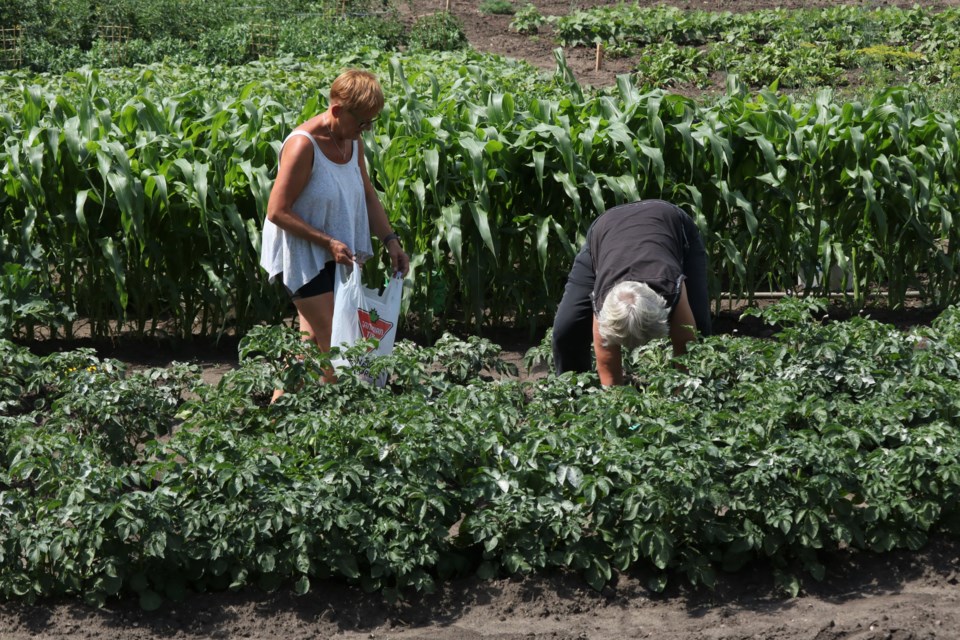YORKTON - At this time of year, gardeners are quite often making the ‘frost run’ with some of their plants. You know what I mean: having them out on the driveway during the day, hauling them into the garage or the kitchen in the evening when there’s that October chill in the air.
It will soon be time to bring in some plants for the winter. And that involves more than just bringing them into the basement. How do we get plants ready to tranistion into our homes for the winter months?
Because the days have shortened significantly, our plants and their internal clocks are already getting used to less light. So before we move them into the house, we can slowly decrease the amount of light they are receiving each day by moving them out of direct sun for a few days.
Unless we have a nice bright solarium or a system of grow lights, wherever we put the new plant arrivals they will never get the same amount of light that they do outdoors.
Before they make the final move, it’s important to take a good close look at each and every plant, from top to bottom. We talked about pests like mealybugs and whiteflies, pests that we definitely don’t want to bring indoors. Check stems and leaves for signs of pests, and for signs of blight, fungus, or mildew. Remove the affected parts of the plants while they are still outdoors and see what happens: if the problem turns up again, it might be best not to bring those plants in at all. Yes, it is disappointing, but we will be saving ourselves the possibility of greater problems later on.
Don’t despair yet; sometimes it is a matter of giving the plants a very good bath with clean water, or perhaps insecticidal soap or even a mild solution of warm water and mild dish-soap.
If we are using insecticidal soap, we should always read and follow the directions. Once again, gardeners, we have to look at the situation with clear eyes. Moving plants indoors causes them stress, and if a plant is in poor health because of pests or disease, it might not be strong enough to withstand the rigors of being treated, transplanted and moving.
Space is always an issue when bringing in our plants. Fall might be the time to divide and divide again when it comes to really big plants.
But if that day comes when out healthy plants are indoors, we have to remember that the plants will not be growing in the house the same way they were when they were out in our yards. Not that we would even want them to do so! Can you imagine if they kept up that rate of growth indoors? We’d have to machete our way from room to room by Christmas!
The plants will grow more slowly, and some may even go semi-dormant when they move in with us. We should stop fertilizing them, and we have to water them less. Remember, they are not out in the hot sun with summer breezes drying out the soil like they were just a few short weeks ago. It is very easy to overwater our plants indoors, so we must always check to be sure the soil is dry before we water.
Gardeners who are very skilled at moving plants indoors for the winter have told me that with some plants, we can almost stop watering them until we see new signs of growth, which could be February or March. Until then, their fluid intake can be greatly reduced.
Keeping plants over can be very rewarding, to have our old friends with us, but they are a lot of work! But with the right care, they can join us out in the spring sunshine again next year!
Visit the Yorkton Hort society qat Thank you to our hard-working friends at YTW. Have a great week!






